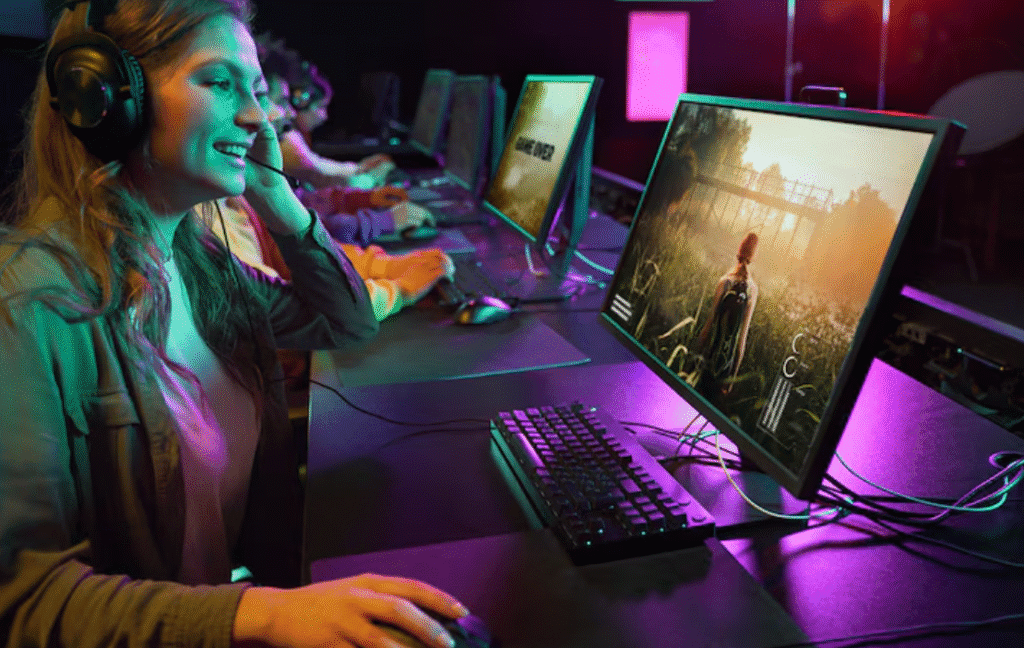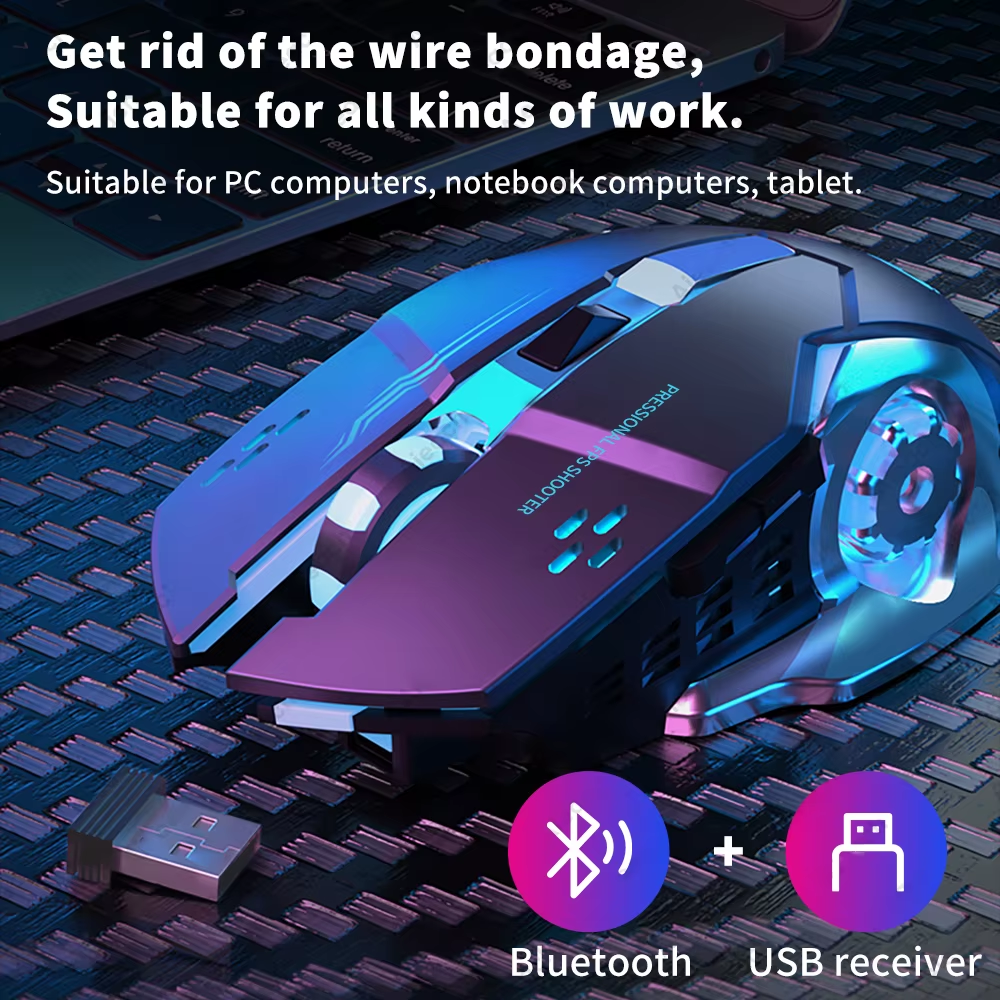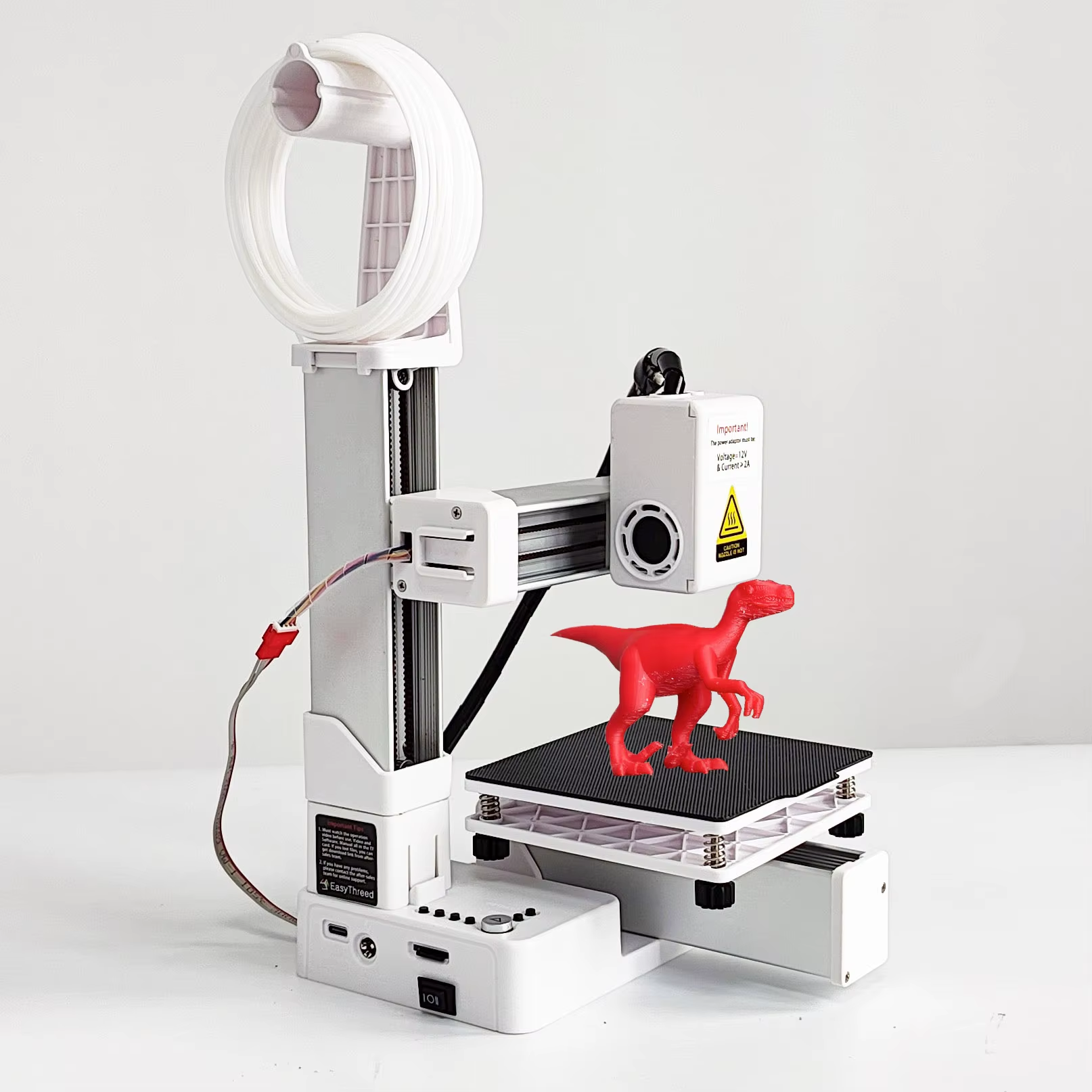Building your first gaming PC can feel like a techy rite of passage. But with ever-evolving parts, brands, and buzzwords, it’s easy to feel overwhelmed—especially in 2025, when DDR5 RAM, ray tracing, and AI-optimized GPUs are everywhere.
This guide breaks down the process into simple steps so you can confidently build a gaming PC that suits your needs, style, and budget.
Why Build Instead of Buy?
Buying a prebuilt PC is definitely faster. But building your own:
- Saves money
- Lets you pick every part
- Teaches you how everything works
- Makes upgrades easier in the future
And let’s be honest—it’s fun.
Step 1: Define Your Goals and Budget
First, decide what kind of games you want to play and at what quality:
- 1080p gaming (entry-level): Perfect for esports, indie games, and older titles.
- 1440p or VR (mid-tier): Great for modern AAA games with high settings.
- 4K or high-refresh (high-end): For ultra-smooth or ultra-detailed experiences.
A general budget breakdown for 2025:
- Entry-level: $800–$1,000 USD
- Mid-range: $1,200–$1,500
- High-end: $2,000+
Step 2: Choose the Right Components
Here’s what you’ll need (with 2025 suggestions):
1. CPU (Processor)
Your PC’s brain. Choose based on multitasking and gaming needs.
- Budget: AMD Ryzen 5 7600 or Intel Core i5-13400F
- Mid: AMD Ryzen 7 7800X3D or Intel Core i5-14600K
- High-end: Intel Core i9-14900K or AMD Ryzen 9 7950X3D
2. GPU (Graphics Card)
Handles the visuals. This is the most important part for gaming.
- Budget: NVIDIA RTX 4060 or AMD RX 7600 XT
- Mid: RTX 4070 Super or RX 7800 XT
- High-end: RTX 4090 or RX 7900 XTX
3. RAM (Memory)
Helps with multitasking and loading.
- Minimum: 16GB DDR5
- Recommended: 32GB DDR5 at 6000 MHz+
4. Storage
Faster = better. SSDs are a must in 2025.
- Primary: 1TB NVMe Gen4 SSD
- Optional: Additional 2TB HDD for extra storage
5. Motherboard
Connects everything. Make sure it matches your CPU socket (e.g., AM5 or LGA1700).
- Look for features like Wi-Fi 6E, PCIe 5.0, and USB-C.
6. Power Supply (PSU)
Stable power = stable performance.
- Wattage: 650W to 850W depending on GPU
- Efficiency: 80+ Gold or better
- Trusted brands: Corsair, Seasonic, EVGA
7. Case
Aesthetic + airflow.
- Mid-tower ATX cases are standard
- Popular brands: NZXT, Fractal Design, Lian Li
- Look for good airflow and cable management
8. Cooling
Modern CPUs often need more than stock fans.
- Air coolers: Noctua NH-D15, DeepCool AK620
- AIO liquid coolers: NZXT Kraken, Corsair iCUE
Step 3: Assemble It
If it’s your first build:
- Watch step-by-step YouTube guides (try Linus Tech Tips or JayzTwoCents)
- Read your motherboard manual carefully
- Take your time and don’t force any parts
Static electricity can damage components—ground yourself or wear an anti-static wrist strap.
Step 4: Install Software and Drivers
- Install Windows or Linux via USB stick
- Install drivers (GPU, motherboard chipset, etc.)
- Download game platforms like Steam, Battle.net, or Epic Games Launcher
- Use free tools like MSI Afterburner to monitor performance and temps
Optional Extras
- Monitor: Pair your GPU with the right display. 144Hz at 1440p is a great sweet spot.
- Keyboard/Mouse: Mechanical keyboards and high-DPI mice improve responsiveness.
- Headset or Speakers: Sound quality matters, especially for immersive games.
Helpful Tools and Communities
- PCPartPicker.com – Build compatibility checker
- Reddit r/buildapc – Great for questions and part reviews
- Gamers Nexus & Digital Foundry – In-depth performance testing and hardware reviews




